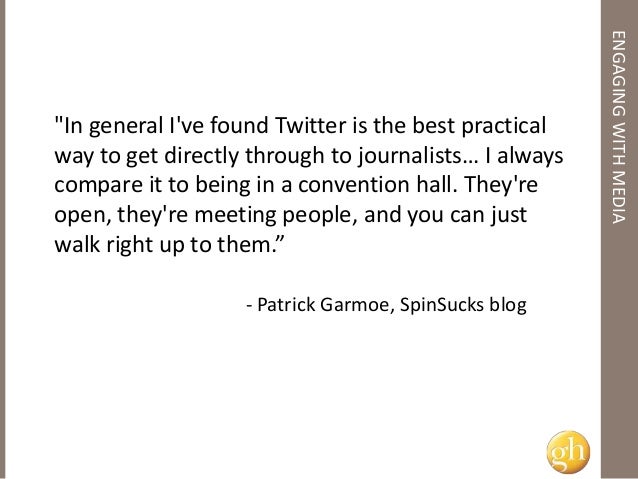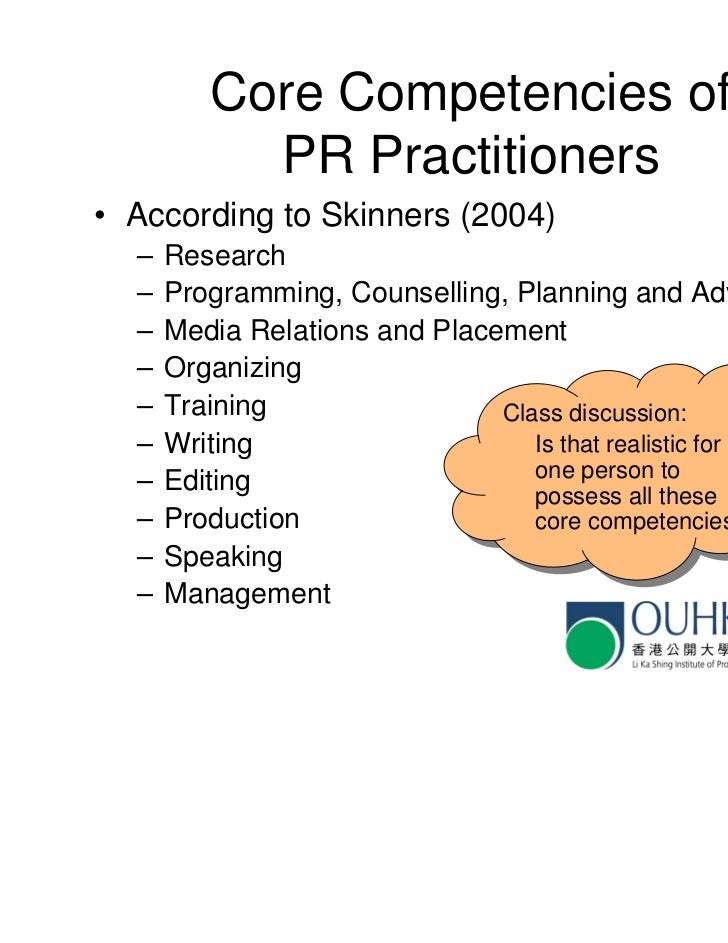

Systematic racism thus can be carried out by parts of society, like individuals or institutions. Not to be confused with systemic racism, systematic racism follows a method or plan. Though the definitions and manifestations of these can overlap in places, here The Quad highlights some of the more subtle differences. The umbrella term of “racism” involves several different types of racism at work in our society.

Relatedly, hashtags #SayHerName or #SayHisName highlight the objective of Black Lives Matter in bringing national attention to every police-brutality-related death in the Black community, including Kayla Moore, Eric Garner, Michael Brown, Freddie Gray, Sandra Bland, Alton Sterling and Breonna Taylor – just to name a few. However, one frequent criticism of the slogan, as stated by a New York Times article, is that it implies that all people suffer equal oppression, mitigating the unique and pressing threats to Black lives specifically.

All Lives Matter represents the concerns of mostly white people about the potentially divisive message of Black Lives Matter as deep racial tensions sweep the country. # AllLivesMatter then emerged as a reactionary movement. Today, the hashtag stands as one of the most influential social movements since the civil rights era. The acquittal of the man accused of Trayvon Martin’s murder in 2013 was the genesis for #BlackLivesMatter, a movement that began when three Black activists brought the fight against racial disparities in police brutality and anti-Black racism online. The Online Discourse: #BLM and Other Related Hashtags For instance, the way gender and racial identity produce a different set of inequalities for Black women is called misogynoir. Kimberlé Crenshaw, a professor at the UCLA School of Law and Columbia School of Law, coined the term intersectionality to represent how society’s treatment of individuals is influenced by the different ways someone’s identity can be broken down. In general, society grants individuals different sets of privileges and disadvantages depending on their political and social identities. As defined by Alice Walker in her book “In Search of Our Mothers’ Gardens,” colorism is “prejudicial or preferential treatment of same-race people based solely on their color.” Recently, you may have encountered posts on TikTok or Twitter in which individuals call attention to colorism among their race, like the preferential treatment of “light-skinned” Black people. Moreover, people within the same race can experience colorism.
SYNONYM FOR PREFERENTIAL TREATMENT SKIN
Rather, society consciously chooses to organize people through physical and cultural traits, such as skin color and origin. As it turns out, many social scientists have concluded that race has no biological basis. The grouping of people by race is itself a social construct. The Quad aims to define some of them here.īlack Power Movement leader Stokely Carmichael defines racism in “Black Power: The Politics of Liberation” as “the predication of decisions and policies on considerations of race for the purpose of subordinating a racial group and maintaining control over that group.” These crucial discussions may use key concepts, words and phrases that are unfamiliar to you or whose definitions are more nuanced than initially meets the eye. In fact, one of the simple yet fundamental strides in this fight has been to reignite conversations about racial injustice. This post was updated July 5 at 10:41 p.m.Įver since footage of George Floyd’s death surfaced on timelines and newsfeeds in May, more people than ever before have been compelled to bring the elimination of police brutality and the dismantling of racial inequality to the forefront of the American consciousness and political agenda.


 0 kommentar(er)
0 kommentar(er)
